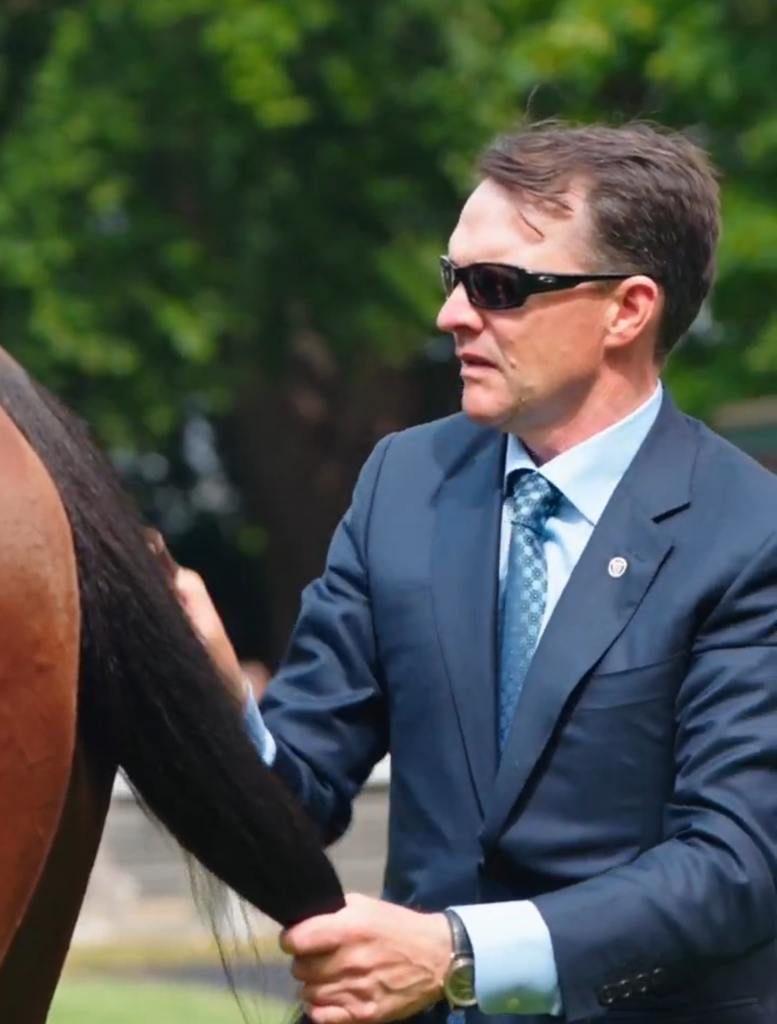
In the high-stakes world of British horse racing, the difference between winning and losing can be measured in fractions of a second. That margin has driven the UK’s leading trainers to adopt an approach more commonly associated with Olympic cycling or Formula 1: the pursuit of marginal gains.
Elite yards like those of Charlie Appleby, John and Thady Gosden, and William Haggas have combined traditional horsemanship with cutting-edge science to squeeze out every drop of potential from their thoroughbreds. From biomechanical analysis to bespoke feeding plans, the modern racehorse is now managed with the same precision as a top-flight human athlete.
Conditioning Beyond the Gallops
Once upon a time, conditioning a racehorse meant long hours on the gallops, a keen eye, and a stopwatch. While those fundamentals remain, today’s trainers have an arsenal of tools at their disposal. Equine treadmills, water walkers, and even cold salt hydrotherapy units are now staples at top stables.
These facilities allow horses to recover faster, build strength without stress on joints, and maintain peak cardiovascular fitness with minimal wear and tear. For example, many Newmarket-based yards use altitude simulation during treadmill work to increase red blood cell production and improve stamina, especially ahead of longer trips or races on demanding ground.
Nutrition as Fine-Tuned Fuel
At this level, a generic feed mix won’t do. Horses in elite stables receive diets designed with input from veterinary nutritionists, tailored not just to the horse’s frame and metabolism, but to its race schedule. Some diets focus on muscle repair post-workout; others are enriched with slow-releasing carbohydrates for horses running over further distances.
Electrolyte management has also become increasingly vital. Trainers monitor sodium, potassium, and calcium levels closely, particularly in hot summer months or when horses travel. Marginal gains here can mean better post-race recovery and readiness for a tighter campaign.
Data-Led Decision Making
Technology now plays a central role in training routines. Wearable GPS trackers and heart-rate monitors measure stride length, gallop efficiency, and recovery times. This data is reviewed daily, allowing trainers to tweak workloads or identify niggles before they become injuries.
Trainers like Roger Varian and Ralph Beckett also analyse sectional timing during routine work and barrier trials. If a horse consistently slows in the final furlong of a piece, the problem might be stamina—or it might be tactical. The solution could be a different riding instruction or a change in race distance.
Punters have taken note, too. Horses that are flagged as strong gallopers at home tend to attract early interest in the markets. It’s one of the reasons serious bettors consult the best list of UK horse racing betting sites, where early odds and stable whispers are quickly reflected in price movements.
Mental Conditioning and Behavioural Science
Success on the track isn’t just about physical prowess. A horse’s mental well-being is now a central concern for elite yards. Ethologists and behavioural experts are often brought in to work with high-strung or fractious horses, especially sprinters known for their explosive temperament.
For some yards, quiet paddocks, consistent stable staff, and structured routines form the base. Others use aromatherapy, soothing music, or light therapy to reduce stress in travelling or box-walking horses. Happy horses run better—an old adage that’s now being backed up by science.
Customised Training Plans
Not every horse responds the same to traditional methods. While one may thrive with daily gallops, another may blossom with more rest days and sharper workouts. Elite trainers now develop highly individualised schedules, informed by genetics, historic injury records, and even gait analysis.
Gallop cameras, drone footage, and motion capture allow for frame-by-frame analysis of a horse’s action. If a horse repeatedly changes leads at the same point on a gallop or shifts weight unevenly, trainers can investigate potential discomfort or equipment issues.
This meticulous attention to detail is how stables keep their stars healthy and firing throughout an entire season, particularly in campaigns that include Group 1 targets across multiple jurisdictions.
Marginal Gains Mean Market Movers
For all this science and innovation, the ultimate test remains race day. Horses like Adayar, Inspiral, and Paddington weren’t just athletic freaks; they were the product of finely tuned systems working in harmony. From nutrition to tactics, each element added half a length, and cumulatively, those small wins became decisive.
It’s also why punters increasingly lean on stable updates, training reports, and trial performances when shaping bets. Using the best list of UK horse racing betting sites, many fans now track horses through the season with form databases, speed figures, and early market signals reflecting these training insights.
Finally
The science of racehorse training has come a long way from paddock hunches and gut instinct. At elite yards, success is now engineered through a network of data, discipline, and marginal gains—each brick helping to build a champion. And as stables become more transparent with their methods and results, it’s not just trainers and jockeys who benefit. The savvy punter, armed with the right tools and information, can also find their edge.



